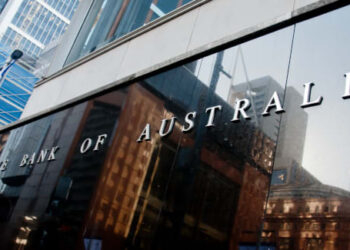After raising rates nine times in the past four years, the Fed this week changed its stance and cut rates by 25 basis points. Commenting on the central bank’s decision, Fidelity International portfolio manager Rick Patel said that while the US economy is still expanding at a relatively healthy pace, continued below-target inflation, a slump in business investment, and the prolonged presence of external uncertainties provided sufficient reason for a precautionary cut.
“The Fed left the door wide open for a further cut later in the year by stating that it will ‘continue to act as appropriate to sustain the expansion’,” Mr Patel said, adding that ‘insurance’ cuts were successful in 1995-96, when the Fed implemented three cuts within seven months, taking rates from 6 per cent to 5.25 per cent. This effectively extended the economic upcycle by another six years to early 2001.
However, in the current cycle, it is likely that, unless incoming economic data improves significantly during the next couple of months, a further cut will be implemented later this year, Mr Patel said.
“The Fed indicated that it will remain data-dependent in determining the timing and size of future rate adjustments, with the reference to ‘size’ indicating that a larger than 25 bps adjustment remains a possibility as a next step.
“Thereafter, assuming that the cuts have at least some of the desired effects and inflation expectations move closer to the targeted range, we would expect the Fed to be very reluctant to use up its firepower before the next real recession hits.”
AMP Capital chief economist Shane Oliver commented that the rate cut, which is the first by the Fed since December 2008, should be seen as the central bank taking out some insurance given various threats to the growth outlook including from the US/China trade war, tensions with Iran, slower global growth generally and a greater willingness by the Fed to take risks with higher inflation as opposed to deflation.
The US share market did not welcome the news, however, with stocks being sold off immediately following the Fed’s announcement over concerns that further rate cuts may not be coming. Mr Oliver noted the confusing remarks given by Fed Chair Powell at the press conference, in which he said the cut was a “mid-cycle adjustment” and “not the beginning of a long series of cuts” but that it may not be “just one”.
Nevertheless, economists and investors are confident the Fed will cut again. Janus Henderson’s co-head of global bonds Nick Maroutsos gave his reasons for believing the future trajectory of the Fed moves will be down: “The US cannot stay insulated from the global economy’s deceleration forever.
“Last week, the European Central Bank, noting a worsening outlook for the region’s manufacturing sector, suggested that a potential rate cut and/or additional quantitative easing could come as early as September.
“Slowing domestic growth has already prompted two quarter-point cuts in Australia this year, and other major central banks, facing tepid rates of growth and inflation, are expected to keep their benchmark rates near record-low levels.”
Janus Henderson believes the Fed’s stance creates a supportive backdrop for stocks as low rates help fuel risk taking.
“We also believe fixed income investors should consider sovereign debt in regions where yields remain positive but could have further room to fall, such as Australia,” Mr Maroutsos said.
“In the US, we can envision a scenario in which the 10-year Treasury yield tracks to as low as 1 per cent, down from the current 2.06 per cent (as of 30 July 2019).
“We also see total return potential on the short end of the curve as the Fed embarks on this next, rate-cutting chapter.”







